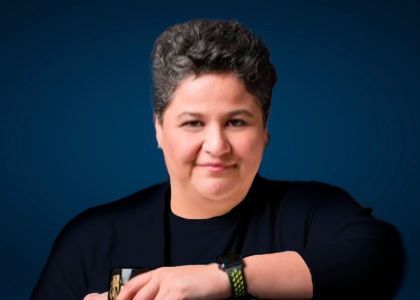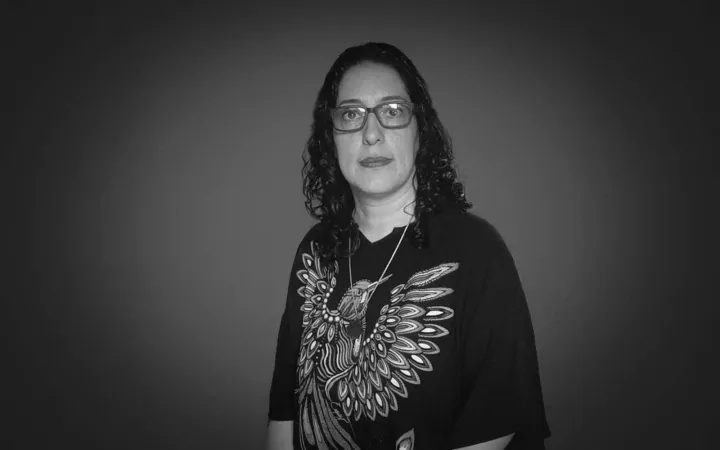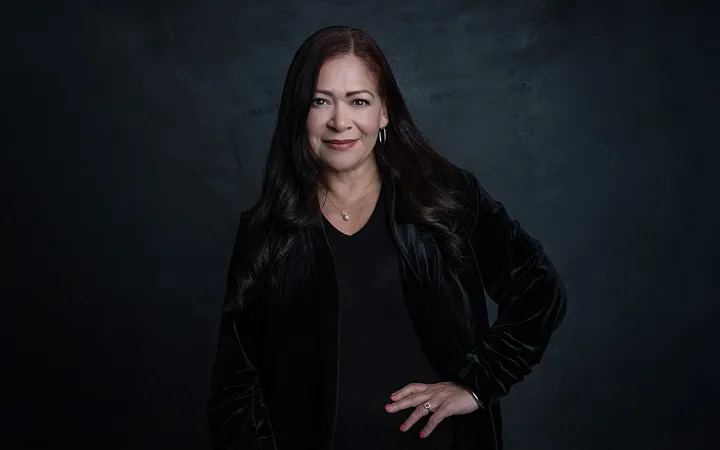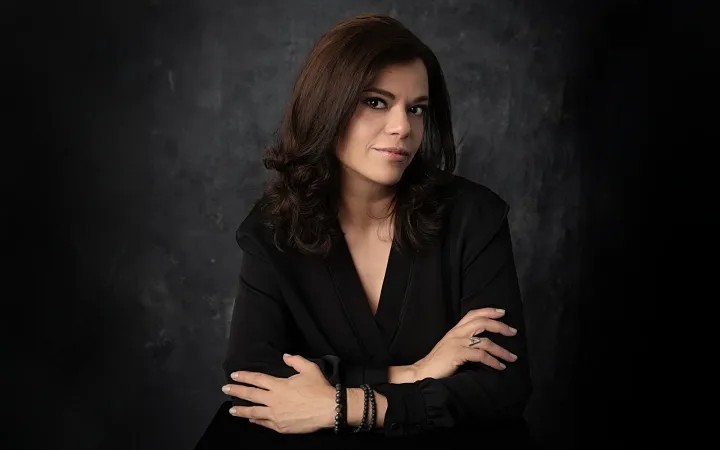
Por Marilú Acosta
Por 44 mil millones de dólares se cambió una sólida verificación por una pagada, sin importar el número de seguidores, la relevancia de sus contenidos o si es realmente la persona que dice ser. La lucha por la libertad de expresión fue el estandarte de Elon Musk (Sudáfrica, 1971) para “recuperar” Twitter. Alardeando un yo todo lo hago bien Musk tuiteó que haría a Twitter rentable y desaparecería las cuentas falsas. Sin tener el dinero para su compra, endeudó a la propia compañía para convertirse en su CEO.
Desde que tomó la dirección de Twitter, despidió a más del 80% de los empleados, cerró uno de los tres centros de datos, eliminó el área de moderación y empezó a cobrar la verificación de las cuentas, con un sentido muy laxo de entender la verificación con insignias azules y doradas. Unas para individuos por 8 dólares mensuales y otras para las organizaciones por mil dólares mensuales. Notificó los despidos por correo electrónico o cancelando las tarjetas de ingreso a las oficinas. Ante las críticas de sus empleados mandó un correo electrónico pidiendo su renuncia si no estaban dispuestos a crear el nuevo Twitter. Muchos renunciaron dejando vulnerable al sistema e incluso obligando a Musk a pedirles que no se fueran. Desapareció el departamento de comunicaciones y ahora los correos enviados a press@twitter.com reciben una sencilla respuesta automática: 💩. Una vez que redujo de 8 mil a menos de mil quinientos empleados en abril de 2023 decidió contratar a una nueva CEO: Linda Yaccarino (Estados Unidos, 1963). Con esta decisión deja claro que lo más importante es el ingreso por publicidad, Yaccarino viene de ser responsable internacional de publicidad en NBC Universal, bajo su mando ingresaron más de 100 mil millones de dólares por la venta de anuncios, justamente lo que perdió Twitter en el momento en que Musk compró y dirigió la compañía.




